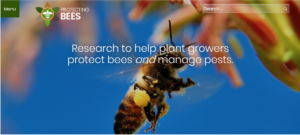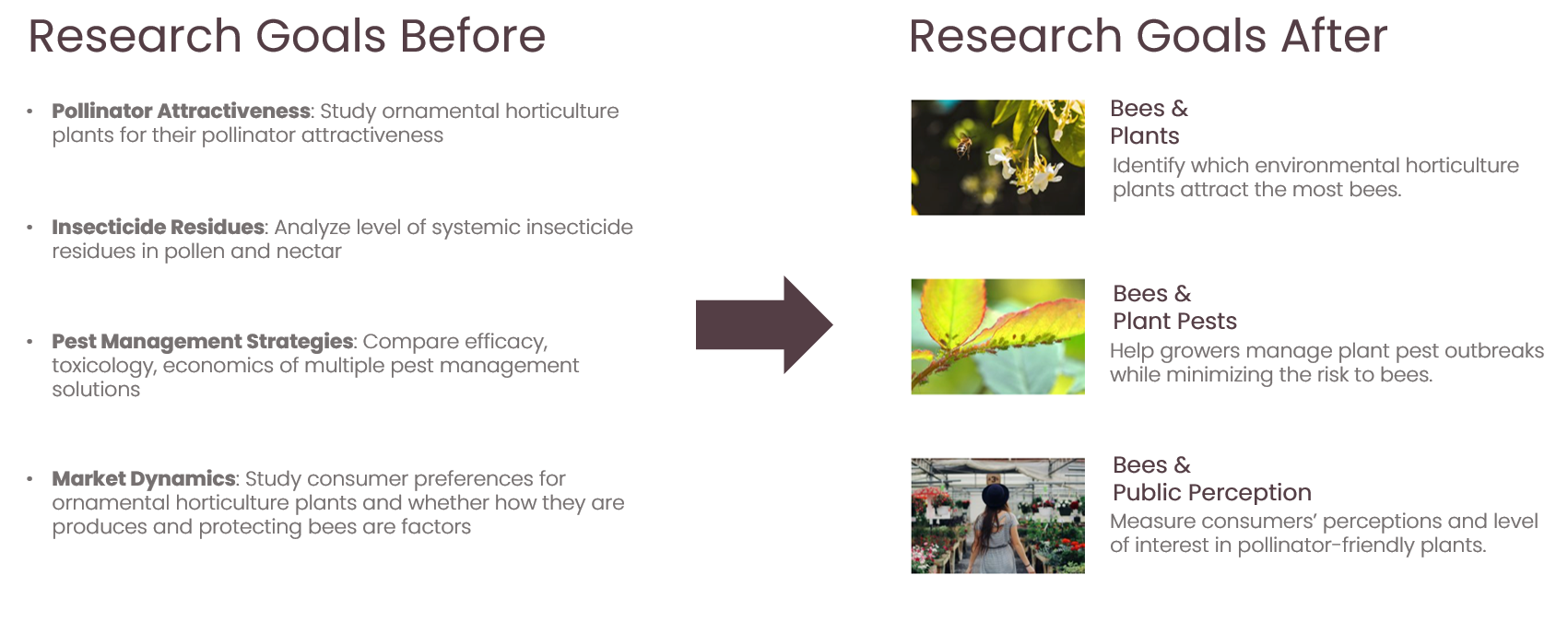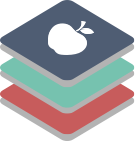Author – Carolina Simao Roe-Raymond

Our pollinator website (https://protectingbees.njaes.rutgers.edu/) was first launched around this time last year. It was a great starting point to present the Pollinator Research Project and introduce the ability to search for pollinator plants, but we wanted the website to reach a wider audience and hone in on the main purpose behind our website. We are happy to report that we have now revamped the website with a new content structure and more clearly articulated the purpose for our website, which is to share who we are, what research we’re doing and why.
To reach different audiences, we simplified our research areas from four to three, expanded the background information and justifications for each research area, and placed the new research areas prominently on the home page. While we haven’t changed the research goals, we are presenting them in more approachable language to better reflect the general directions instead of the specific research objectives. We also created new research update posts that bring readers along on our research journey. While writing our new content, we made efforts to use less jargon. In places where we still needed to use scientific jargon, we included a text-hover feature on our website, which allows users to hover over a word and see its definition.
After our first website launch, we felt the main purpose of the website could be made clearer. Was the website a static description of a research project? A source for pollinator news? A place to create plant lists for bees? When viewing new posts, it was hard to track which updates were from our research, versus which updates were sourced from other research groups or news outlets. We therefore re-worked the content to make our purpose clear–that this website is primarily to share our research on the interactions between bees, environmental horticulture plants, and pesticides–and to be clear about which content represented our research updates versus outside pollinator news.
The website continues to provide additional resources on protecting bees, from a database allowing users to create customized plant lists for bees, to research articles, news updates, and best management practices documents. We have also added a section that provides background on bees and their natural history. Check it out and let us know what you think through the Contact Us link, found at the bottom of the website.



